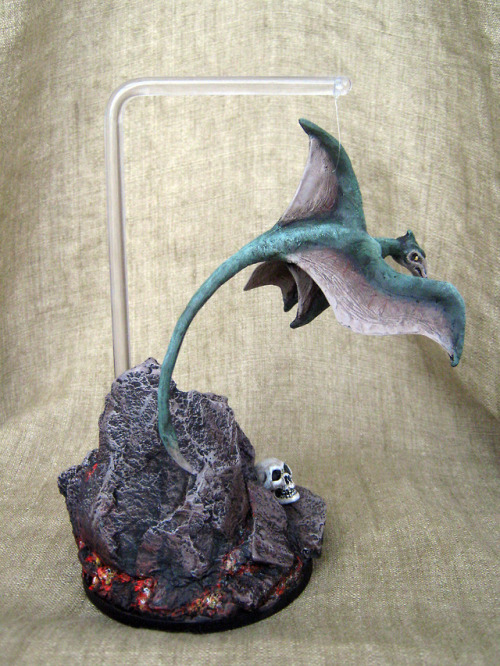
In 1913 Texas, Pike Bishop, the leader of a gang of aging outlaws, is seeking retirement after one final score: the robbery of a railroad payroll office containing a cache of silver. In 2008, the AFI listed 10 best films in 10 genres and ranked The Wild Bunch as the sixth-best Western. The film was ranked 80th in the American Film Institute's 100 best American films and the 69th most thrilling film. In 1999, the Library of Congress selected The Wild Bunch for preservation in the United States National Film Registry as "culturally, historically, and aesthetically significant". Additionally, Peckinpah was nominated for an Outstanding Directorial Achievement award by the Directors Guild of America, and cinematographer Lucien Ballard won the National Society of Film Critics Award for Best Cinematography.

The writing of Green, Peckinpah, and Sickner was nominated for a best screenplay Oscar, and the music by Jerry Fielding was nominated for Best Original Score. The Wild Bunch is noted for intricate, multi-angle, quick-cut editing using normal and slow motion images, a revolutionary cinema technique in 1969. The Wild Bunch was filmed in Technicolor and Panavision, in Mexico, notably at the Hacienda Ciénaga del Carmen, deep in the desert between Torreón and Saltillo, Coahuila, and on the Rio Nazas. The screenplay was co-written by Peckinpah, Walon Green, and Roy N. The film was controversial because of its graphic violence and its portrayal of crude men attempting to survive by any available means. The plot concerns an aging outlaw gang on the Mexico–United States border trying to adapt to the changing modern world of 1913.

The Wild Bunch is a 1969 American epic Revisionist Western film directed by Sam Peckinpah and starring William Holden, Ernest Borgnine, Robert Ryan, Edmond O'Brien, Ben Johnson and Warren Oates.


 0 kommentar(er)
0 kommentar(er)
